Why Is AI Essential in Digital Image Generation
Why Is AI Essential in Digital Image Generation
Have you ever been curious about how the creation of digital images happens? Artificial Intelligence (AI) is a significant player in this procedure. With the help of AI's algorithms, the production of digital images has not only become more lifelike but also more competent. This progression has broadened the horizon of creativity in various sectors such as gaming, film, animation, and marketing.
In this piece, we will discuss the importance of AI in the production of digital images and the substantial changes it brings.
AI's algorithms have the ability to process and analyze data at a speed that no human could match. This is why AI takes center stage in the world of digital image creation. It has the ability to quickly and effectively transform a simple sketch into a detailed, lifelike image. This has been a game-changer in industries such as animation and gaming, where realistic graphics are integral to the user experience.
The film industry has also benefited greatly from AI in image generation. It has made the creation of special effects easier and more efficient. This has led to the production of films with mind-blowing visuals that were once thought to be impossible.
In the world of advertising, AI has made it possible to create personalized advertisements based on individual consumer's preferences. This has led to more effective marketing strategies and increased sales.
As we delve into the importance of AI in the production of digital images, we realize that it is not just about creating pretty pictures. It's about improving efficiency, pushing the boundaries of creativity, and making impossible things possible. As Steve Jobs once said, "Innovation distinguishes between a leader and a follower." AI in digital image creation is indeed a true leader.
Key Takeaways
The value of AI in digital image production is noteworthy, given its ability to produce lifelike and efficient image synthesis. This technology invites fresh waves of imagination, impacting diverse industries such as gaming, film, animation, advertising, and marketing.
Advancements in AI have built a robust base for exceptional visual experiences, positioning AI as a pivotal tool in the sphere of digital image production. Its influence on these industries is undeniable, and it will continue to shape the future of visual content creation.
In the current era, where technology is advancing at a rapid pace, AI has proven to be an invaluable asset in creating realistic images that were once thought to be impossible. It's not just about creating images; it's about creating images that tell a story, that evoke emotions, and that help businesses connect with their audience on a deeper level.
"AI is not just a tool; it's our paintbrush, our canvas, our medium of creativity. It's transforming the way we visualize our thoughts, our dreams, and our ideas." - Anonymous
So, whether it's creating a stunning visual for a new video game, producing high-quality images for a film, or designing captivating visuals for advertising campaigns, AI is at the forefront, leading the charge and redefining the boundaries of what's possible.
In the end, the goal is not just to create images but to create experiences, to create moments that resonate with people, and to create a world that's more vibrant, more engaging, and more immersive. And with AI, we're one step closer to turning this vision into reality.
Remember, AI is not just shaping the future of image production; it's shaping the future of storytelling, of communication, and of human interaction. And that's a future worth looking forward to.
Realistic and Efficient Image Synthesis
Artificial Intelligence: The Key to Realistic and Efficient Digital Imagery
Artificial Intelligence (AI) serves as a key player in producing digital images that not only look real, but also are produced efficiently. The role of AI in image synthesis has transformed the process by improving accuracy and efficiency.
AI helps in interpreting complex visual designs, leading to the production of detailed and lifelike images. It utilizes vast amounts of training data to replicate textures, light conditions, and minor details that contribute to the authenticity of an image.
In addition, AI streamlines the image generation process. By intelligently predicting the subsequent steps in the synthesis process, AI helps to speed up the rendering and makes it more resource-friendly.
In a nutshell, AI's role in digital image generation is indispensable. It assures that the final image produced isn't only realistic but also optimally utilizes resources.
As the famous AI scientist, Fei-Fei Li, once said, 'If we want machines to think, we need to teach them to see.' Thus, AI's ability to analyze and understand visual patterns plays a fundamental role in producing realistic and efficient digital images.
Expanding Creative Possibilities
Advancing Artistic Horizons
Artificial intelligence has ushered in an era of infinite creative possibilities in the field of digital imagery. Thanks to AI tools, we can now produce striking visuals that were once thought to be unachievable.
AI's role in progress is about more than just technology - it's about how we tell our stories, share our emotions, and express our ideas. It's about creating a more engaging and immersive experience for the viewer.
But it's not just about storytelling. AI is also transforming the world of graphic design. It's making it possible to create fresh, original designs that challenge our traditional notions of creativity. As we move forward, we're not just pushing the boundaries of what we can do – we're redefining them.
As the famous artist Pablo Picasso once said, 'Every act of creation is first of all an act of destruction.' In the context of AI and design, we're destroying old limits and building new possibilities.
Limitless Artistic Potential
Artificial Intelligence (AI) is no longer just a dream for the future; it's a reality of our present, refreshing how we approach art and design. The use of AI in the art world is like adding a new palette to an artist's toolbox, offering endless possibilities for creativity.
For instance, through AI, artists can now experiment with unique aesthetics and expressions that weren't possible with traditional mediums. The technology is capable of analyzing vast quantities of data and learning from existing artwork, which in turn helps in creating original and captivating visual pieces.
Moreover, AI assists in automating the more monotonous aspects of the artistic process, such as repetitive tasks. This gives artists more time and energy to invest in the creative aspects of their work.
One of the most exciting aspects of AI in art is its capacity to generate visuals that are original and compelling. This opens up a world of opportunities for artists to redefine the boundaries of visual art.
In the words of Picasso, 'Art is a lie that makes us realize the truth.' The 'truth' that AI is bringing to the forefront is that creativity isn't exclusive to humans. With AI, we're witnessing a fusion of technology and creativity, which is creating an exciting new era in the art world.
Enhancing Visual Storytelling
Broaden Your Creative Horizons with Visual Storytelling
Take a step forward in creative expression with the modernized visual storytelling facilitated by digital image creation technology. With AI, your stories can come alive, enrapturing your audience in a new and exciting way. Here's how AI can be a game-changer for visual storytelling:
Style Transfer: AI technology can adapt the aesthetic of one image to another. This way, you can create an entirely new visual narrative by mixing and matching various styles.
Content-Based Image Segmentation: AI can scrutinize and split images based on their content. This feature can help you emphasize certain elements and convey your message more effectively.
Object Recognition: With AI, you can effortlessly spot objects in images, which can aid in scene composition and adding relevant details for a richer narrative.
Emotional Analysis: AI can scrutinize facial expressions and emotions, assisting you in crafting more emotionally resonant visual narratives.
These advanced features illustrate how AI is reshaping visual storytelling, extending the limits of creativity, and bringing a refreshing change to the graphic design industry.
'[AI] isn't just a tool, it's an extension of our imagination, enabling us to narrate our stories in a way never thought possible before.'
Revolutionizing Graphic Design
Boosting Graphic Design with AI
Take a step forward in the world of graphic design by utilizing the transformative attributes of AI technology. Currently, AI is reshaping the landscape of graphic design, introducing unprecedented creative avenues. With AI-integrated tools, designers have the opportunity to automate repetitive tasks, thereby saving valuable time and boosting efficiency.
One of the most impactful applications of AI in design is its ability to analyze voluminous data sets, recognize patterns, and construct fresh and inventive design concepts. This opens up a playground of styles, colors, and layouts for designers to experiment with, giving them a wide array of choices.
A significant advantage of AI is its capacity to aid in crafting personalized designs, which are adapted to meet the needs of specific target audiences. When you combine human ingenuity with the processing power of AI, you can explore new design possibilities, producing visually appealing graphics that attract and hold the attention of viewers.
As the famous designer, Milton Glaser, once said, 'There are three responses to a piece of design – yes, no, and WOW! Wow is the one to aim for.' By integrating AI into your graphic design process, you're one step closer to achieving that 'wow.'
Advancements in AI Algorithms
Progress in AI Algorithms
To appreciate the role of AI in crafting digital images, it's crucial to comprehend the recent progress in AI algorithms. This progress has brought a dramatic transformation to the area of digital image generation and has laid the foundation for incredible levels of realism and creativity.
Here are some noteworthy progressions in AI algorithms:
Generative Adversarial Networks (GANs): This innovative technology allows the creation of realistic images by having two neural networks compete against each other - one generating images and the other differentiating real from fabricated ones.
Deep Convolutional Neural Networks (CNNs): CNNs are commonly used for roles like image categorization and object identification. They've significantly improved the precision and efficiency of AI algorithms in image generation.
Reinforcement Learning: The integration of reinforcement learning techniques allows AI algorithms to learn from their mistakes, leading to more optimized and intelligent image generation processes.
Transfer Learning: This technique enables AI algorithms to use pre-existing models and adapt them to new image generation tasks, significantly cutting down on the computational resources required.
These progressions in AI algorithms have pushed digital image generation to new levels, providing numerous opportunities for several industries such as gaming, advertising, and entertainment.
As the famous AI researcher, Andrew Ng puts it, 'Just as electricity transformed numerous industries in the past century, AI will now bring about the same magnitude of transformation in the next few decades.'
AI's Impact on Gaming Industry
Artificial Intelligence's influence on the sphere of gaming has been substantial, particularly in refining the quality of virtual reality and augmenting the authenticity of character animations. Game developers are now harnessing the power of sophisticated AI tools to construct captivating virtual environments that whisk players away to novel and thrilling realities. What's more, AI-backed tools are making it possible for game characters to mimic human movements and behavior patterns more accurately, lending a touch of authenticity to gaming scenarios.
As a gamer, you've probably noticed an uptick in the quality of character movements and the overall immersive feel of the game world. That's the magic of AI at work. It's not about replacing human creativity; rather, it's about providing the tools and capabilities to enable game developers to bring their most ambitious visions to life.
Remember, the key to a truly engaging gaming experience lies not just in stunning visuals, but also in believable character behavior and a sense of immersion. And that's exactly where AI comes in, acting as the invisible puppeteer that brings the gaming world to life.
As an apt saying goes, 'A game's graphics catch the eye, but its mechanics capture the heart.' This couldn't be truer in the age of AI-powered gaming experiences.
Enhanced Virtual Reality Experiences
The Future of Gaming: AI and Virtual Reality
Step into a new dimension of gaming where artificial intelligence meets virtual reality. The gaming industry is witnessing an exciting shift with the integration of AI into VR. Let's look at how AI is reshaping the virtual reality gaming experience:
Dynamic Environments in Real-time: AI algorithms create interactive and ever-changing virtual landscapes that respond to the actions and choices of the players.
Smart Non-Playable Characters (NPCs): Thanks to AI, NPCs behave more realistically, adding a new degree of depth and engagement to gameplay interactions.
Voice Recognition: AI's capacity to understand and react to voice commands provides players with a greater sense of control and immersion in the game.
Customized Gaming: AI can study a player's behavior and choices, modifying the game accordingly. This provides a more tailored and enjoyable gaming experience.
By integrating AI into the mix, virtual reality gaming is becoming more immersive and realistic than ever before. But that's not all - let's take a look at how AI is bringing a new level of realism to character animations in games.
Remember the wise words of game designer Shigeru Miyamoto: 'Video games are bad for you? That's what they said about rock and roll.' AI and VR in gaming aren't only changing the way we play but the way we perceive the world of gaming.
Realistic Character Animations
In the world of video games, the presence of intelligent systems has brought about a degree of character animation that feels almost lifelike. This is due to the fact that these smart algorithms are capable of understanding the subtleties of human movement, expressions, and feelings. This understanding allows game makers to design characters that not only move realistically but also express emotions in a manner similar to real people.
From the way a character walks to the way they express surprise, algorithms can simulate the physics of body movements, leading to smooth and natural-looking animations. Additionally, the ability to mimic real human expressions and emotions adds a layer of authenticity to these characters. This attention to detail creates a more immersive and engaging gaming experience.
As technology continues to advance, the expectation is that character animations in video games will become even more refined and true-to-life. In essence, these developments are continually pushing the envelope of what's achievable in the world of gaming.
As one famous game developer once said, 'The future of gaming lies not just in the stories we tell, but in how authentically we can portray our characters. With AI, we're closer than ever to crossing that uncanny valley.'
AI's Role in Film and Animation
AI's Role in Film and Animation
AI technology is making a significant impact on the film and animation industry. This advanced tech is reshaping the traditional methods of filmmaking and animation, allowing for more creativity and cost-efficiency. Here are four key ways AI is reshaping these industries:
Virtual Production: AI technology can be used to construct realistic virtual environments, giving filmmakers the freedom to film scenes without the need for physical sets. This innovative approach offers limitless possibilities for storytelling while also reducing production costs.
Character Animation: By analyzing human movements, AI algorithms can produce animations that mimic real-life movements. This not only saves time and effort for animators but also results in more believable and expressive characters.
Visual Effects: Tools powered by AI can generate intricate visual effects, for instance, realistic explosions or transforming objects. These tools enable filmmakers to design astonishing scenes that would have required extensive manual labor in the past.
Post-production: In the editing process, AI algorithms can automate tasks such as color grading and image restoration. This makes the process more efficient and accurate.
AI's transformative role extends beyond film and animation, significantly impacting advertising and marketing as well. As the film critic Roger Ebert once said, 'Every great film should seem new every time you see it.' And with AI, we're witnessing an era where this is becoming more and more possible.
AI's Influence on Advertising and Marketing
AI's Impact on the Advertising and Marketing Sectors
AI is undoubtedly having a significant impact on the advertising and marketing sectors. It helps analyze large data sets and provide valuable insights, dramatically changing how companies relate to their customers. Thanks to algorithms powered by AI, businesses can tailor their ads to match individual choices, demographics, and online activity.
This tailored approach makes advertising campaigns more successful and efficient, leading to better conversion rates and a boost in ROI. AI also paves the way for real-time ad fine-tuning, giving marketers the means to adjust their plans based on customer feedback.
Furthermore, AI-driven chatbots and virtual assistants offer immediate customer service, improving the overall consumer experience. In essence, AI is redefining the advertising and marketing industry by facilitating personalized, data-driven campaigns and enhancing customer interactions.
'There's no denying that AI is setting a new trend in the advertising and marketing world.' - Unknown
Remember to keep the focus on the customer's needs and preferences as the driving force behind your advertising strategy. AI is just a tool; it's how you use it that will determine your success.
Frequently Asked Questions
How Does AI Contribute to the Realistic and Efficient Synthesis of Images?
Artificial intelligence plays a remarkable role in making the image synthesis process both realistic and efficient. The way it functions is by analyzing intricate patterns in visual data and applying complex algorithms. This allows artificial intelligence to produce images of high quality, filled with intricate details and lifelike textures. The end result is a significant improvement in the process of synthesizing images.
Keeping current events in mind, the recent development in artificial intelligence technology has allowed for the creation of life-like images and visuals. This not only saves time but also provides a clearer and more accurate representation. The use of artificial intelligence in image synthesis is steadily becoming more prevalent, especially in industries such as gaming and film.
To give a concrete example, consider the movie industry. The use of artificial intelligence allows for the creation of stunningly realistic visual effects, which would otherwise be time-consuming and expensive to produce. This technology is gradually transforming the way images are synthesized, making the process more efficient and the output more realistic.
In the words of a renowned AI expert, "Artificial Intelligence is fundamentally changing the way we synthesize images. Its ability to analyze complex patterns and apply advanced algorithms is paving the way for a new era of realistic and efficient image synthesis."
What Are Some Examples of Creative Possibilities That Can Be Achieved Through AI in Digital Image Generation?
AI's role in digital image creation opens up a world of creative potential. It can produce distinctive and imaginative visuals, mimic a wide array of artistic styles, and even bring to life entirely new visual ideas that were once inconceivable.
With AI, the world of digital artistry is no longer limited by human capacity alone. It can invent visuals that are distinct and inventive, imitate a variety of artistic styles, and even give birth to completely new artistic ideas that were once thought to be unachievable. The images produced are not only visually appealing but also push the boundaries of creativity.
As we step into the future of digital artistry, AI continues to play a pivotal role. It's not just about producing pretty pictures; it's about expanding the horizons of what's possible. This brings to mind the words of renowned artist Pablo Picasso, "Every act of creation is first an act of destruction." Indeed, AI is disrupting our traditional understanding of art, leading us towards uncharted territories of creativity.
How Have Advancements in AI Algorithms Improved the Quality of Digital Image Generation?
Progress in the field of artificial intelligence has led to notable improvements in the creation of digital imagery. Through the use of AI, images can be produced with a significant increase in detail, making them more visually satisfying and realistic. This development is particularly critical in industries such as graphic design and virtual reality, where the authenticity of imagery plays a pivotal role.
For instance, the gaming industry now uses advanced AI algorithms to create vivid and immersive environments, offering players a more engaging experience.
In a nutshell, the progression of AI has opened new doors in the field of image creation, enabling a higher degree of realism and accuracy that was previously challenging to achieve. As the renowned graphic designer Paul Rand once said, "Design is so simple, that's why it is so complicated." AI has made this complexity a bit more manageable.
What Specific Impacts Has AI Had on the Gaming Industry in Terms of Image Generation?
AI has played a significant role in transforming the way images are created in the gaming industry. Advanced algorithms, which are a core component of AI, have been applied to improve the quality and realism of graphics, thus leading to more immersive gaming experiences. The current trend shows that AI's influence in creating visually impressive and realistic virtual environments has become more pronounced.
Robert Jackson, a renowned game developer, says, "AI has undeniably altered the landscape of image generation in games, making them more visually impressive and realistic than ever before."
How Has AI Revolutionized the Role of Digital Image Generation in Film and Animation Production?
Artificial Intelligence (AI) has brought about a significant transformation in the way digital images are created for films and animation productions. It has stepped up the game by facilitating the creation of more life-like and stunning visuals. Besides, AI has been a game-changer in amplifying efficiency, cutting down expenses, and broadening the scope of artistic expression, thus becoming an indispensable part of the industry.
A good example of this is the use of AI in recent blockbuster films to create hyper-realistic special effects. Beyond that, AI is also being used to automate tedious tasks in animation, freeing up artists to focus on the more creative aspects of their work.
In a nutshell, AI's influence on the film and animation industry is profound and will likely continue to grow in the years to come. As a famous film director once said, "AI is not just a tool. It's the new canvas for storytelling."
Conclusion
Wrapping up, the role of AI in creating digital images is substantial due to its capacity to generate realistic and effective image synthesis. It opens up new avenues for creativity, influencing a variety of sectors including gaming, film, animation, advertising, and marketing.
The progress in AI technology has laid a solid foundation for superior visual experiences, marking AI as a significant instrument in the process of digital image creation. The potency of its effect on these sectors is unquestionable, and it will persistently mould the future of visual content development.


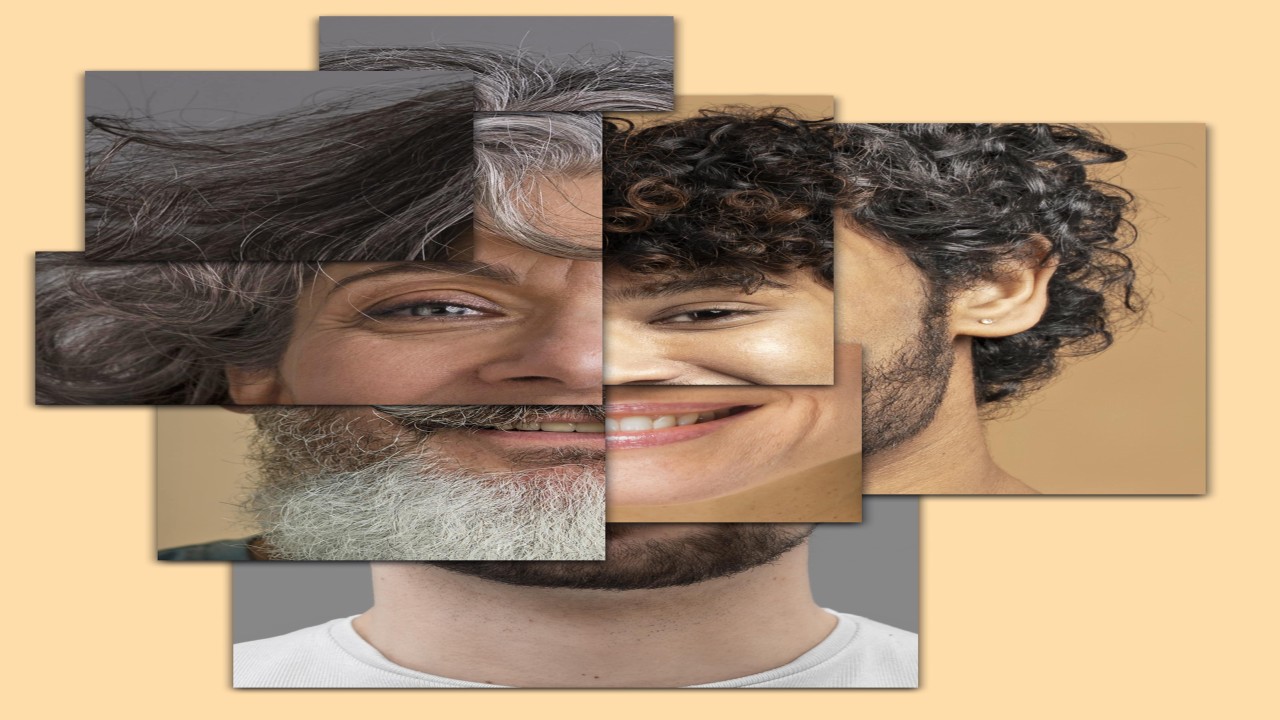
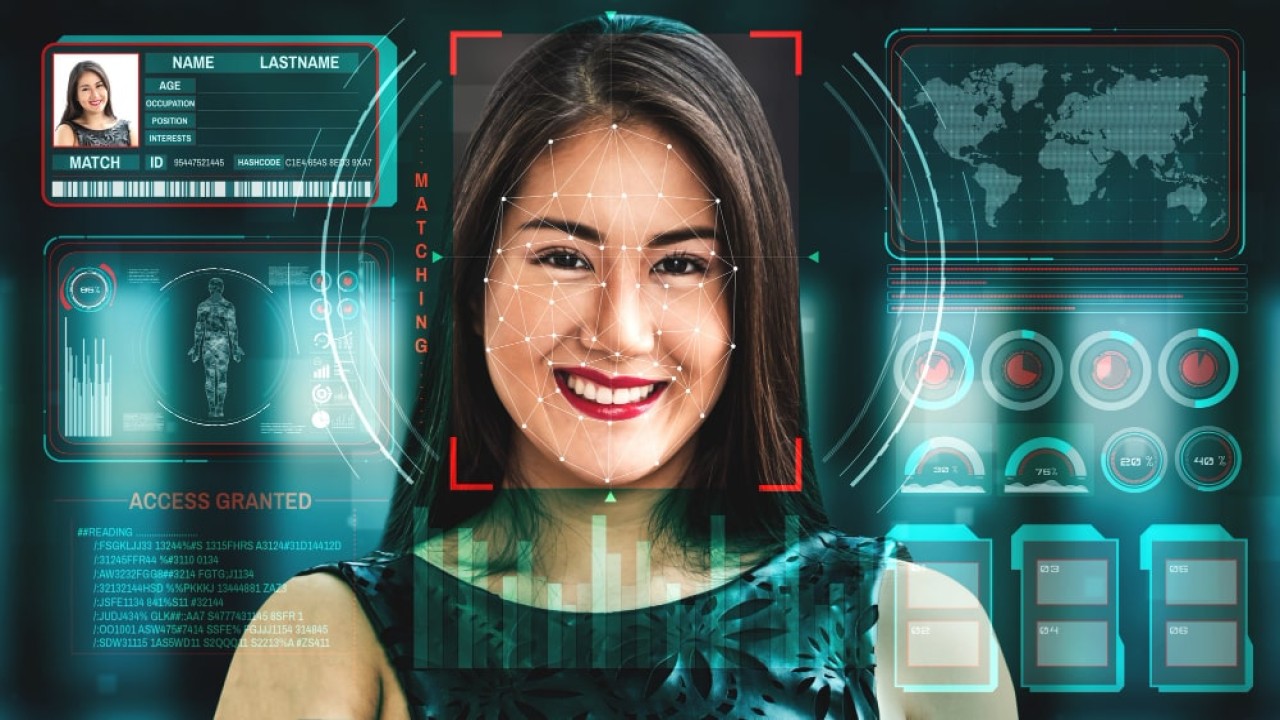
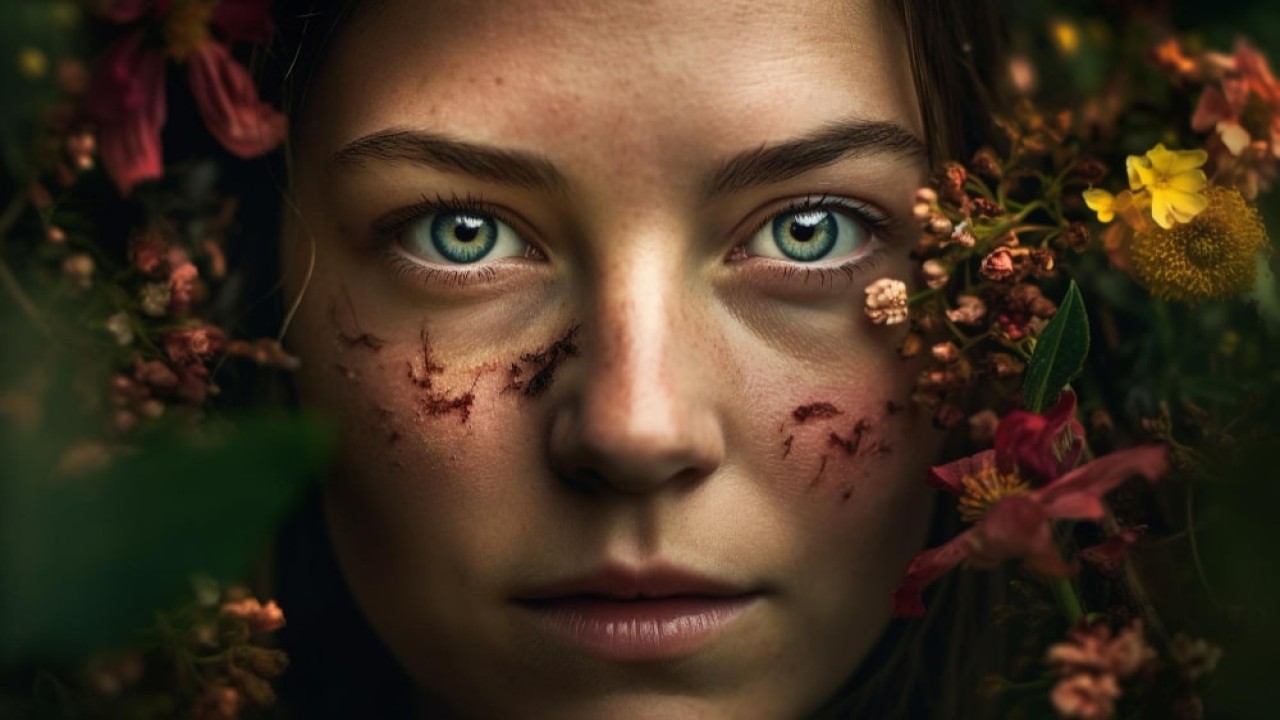
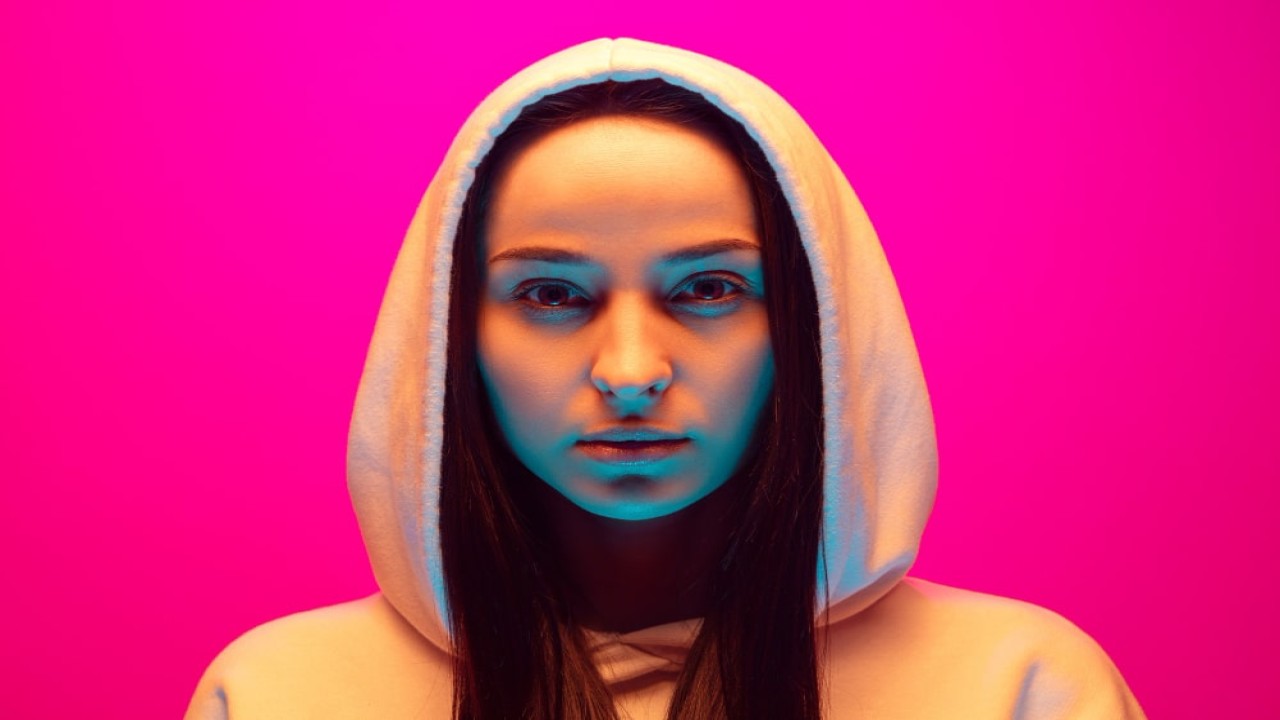
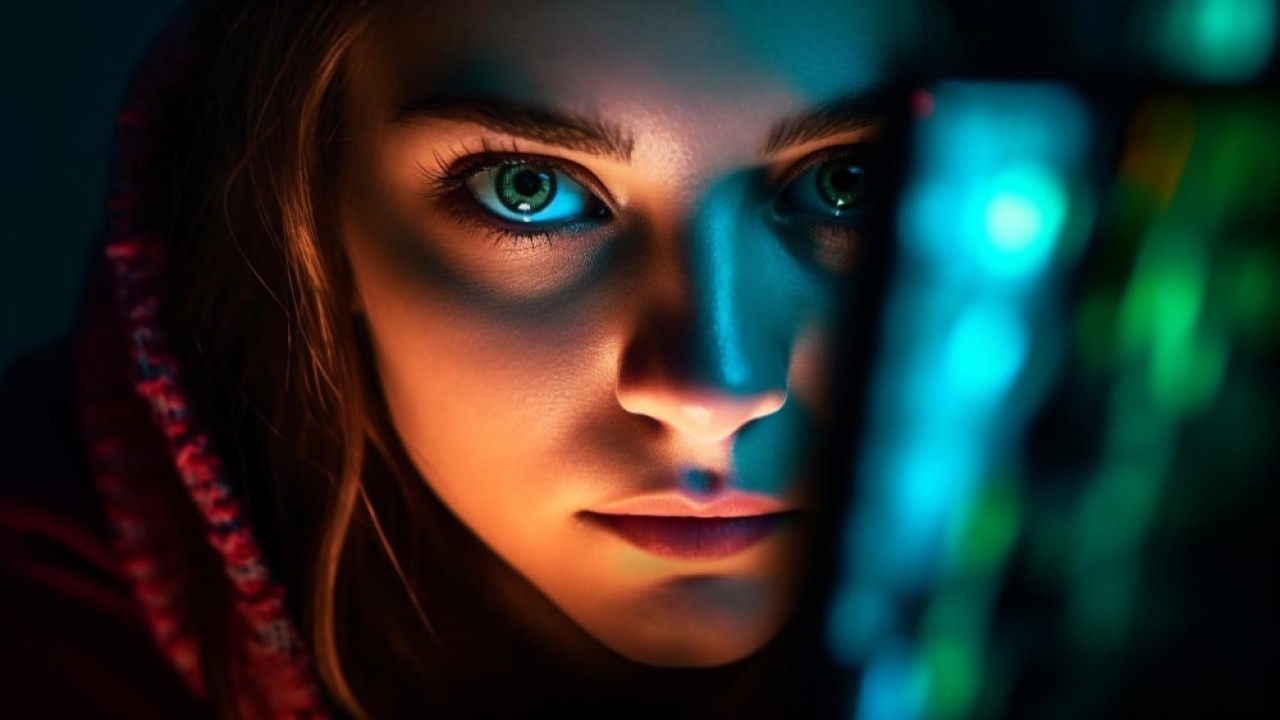
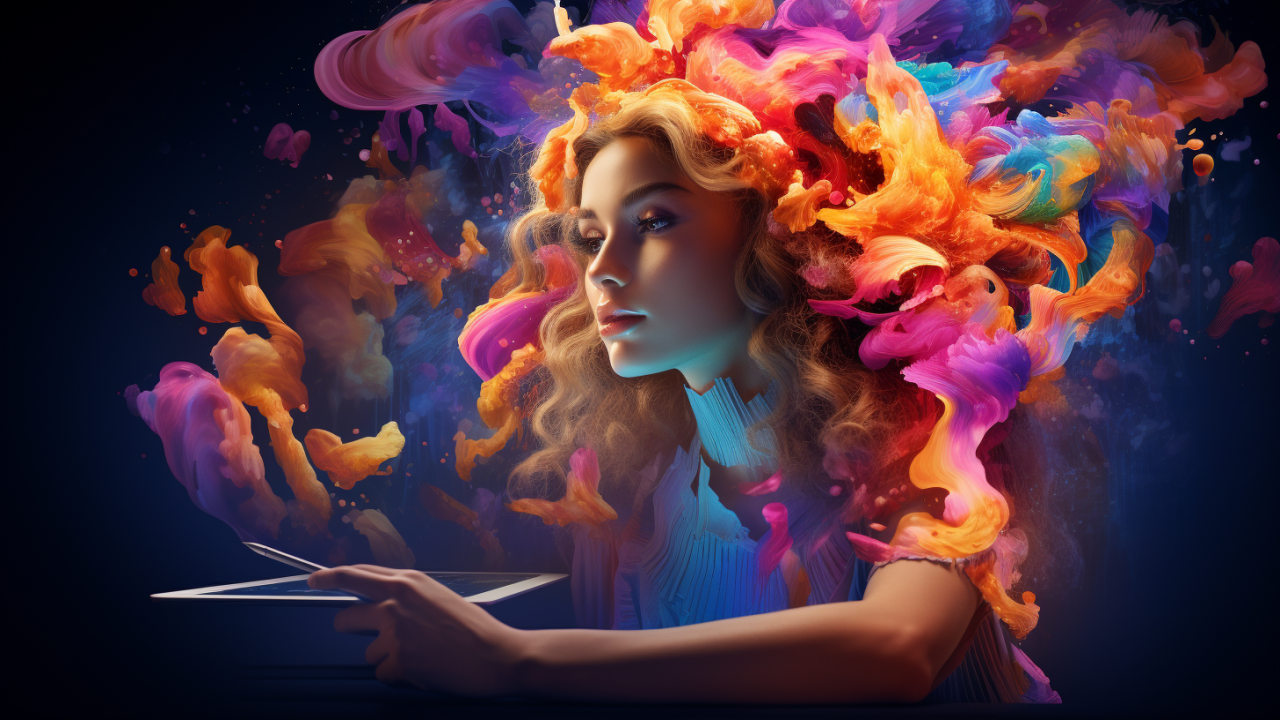
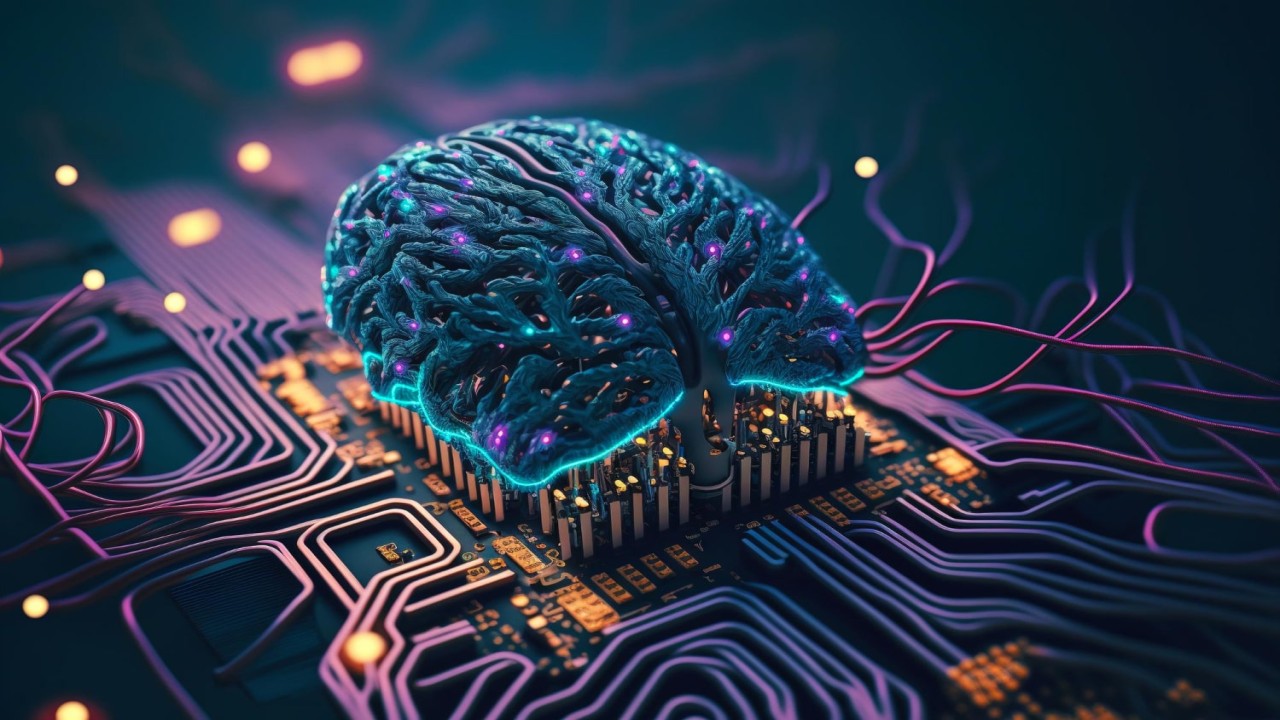
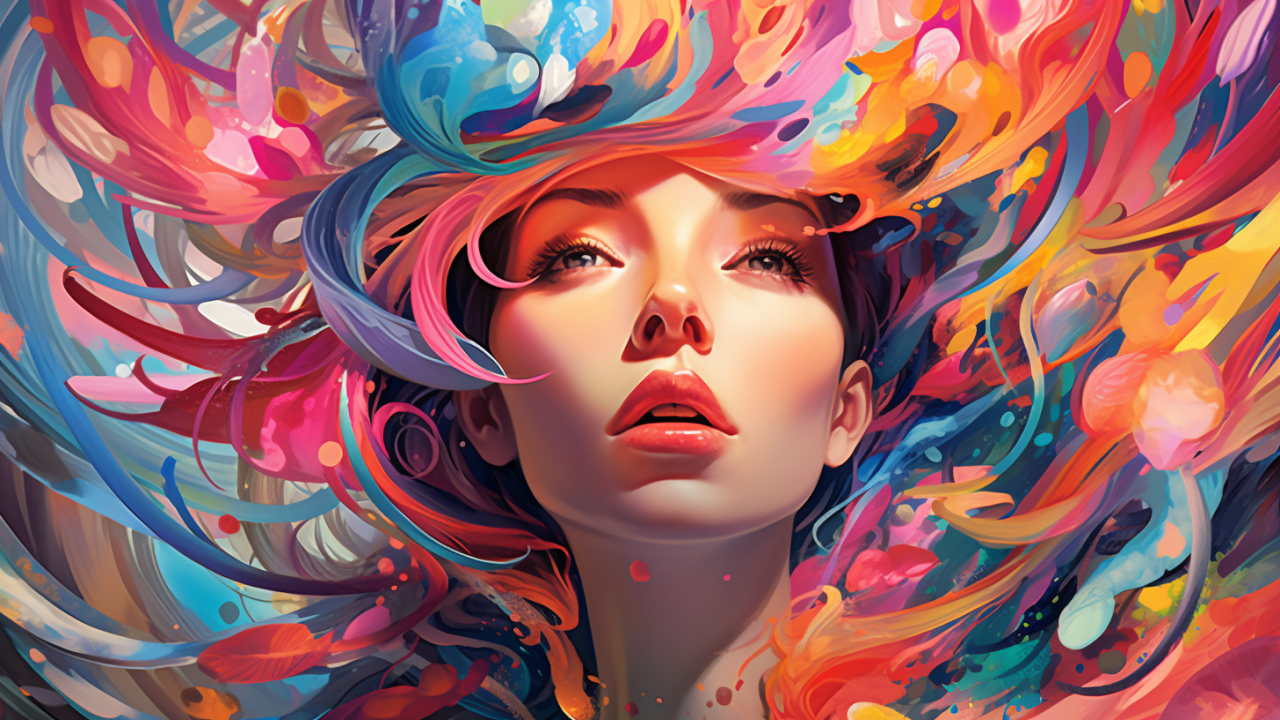
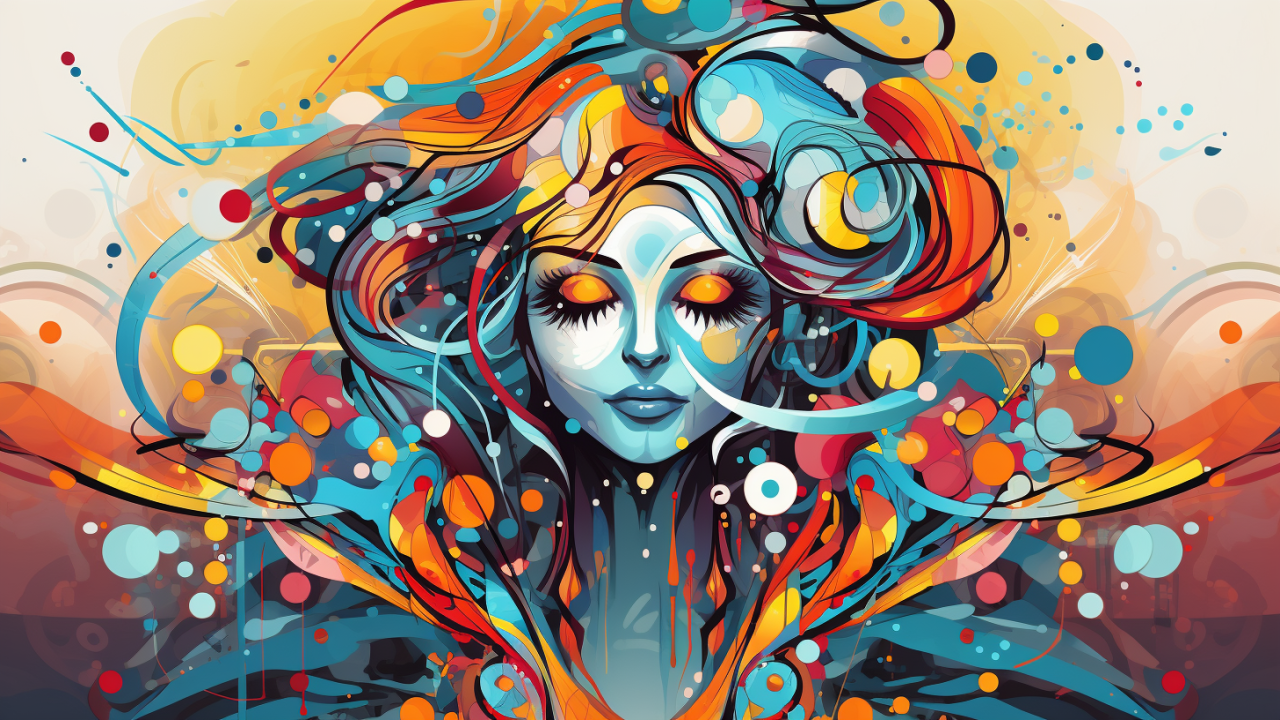
Comments (0)
No comments found